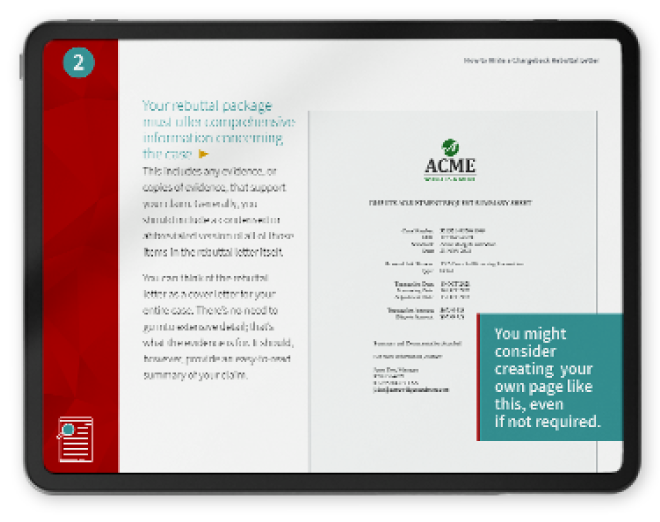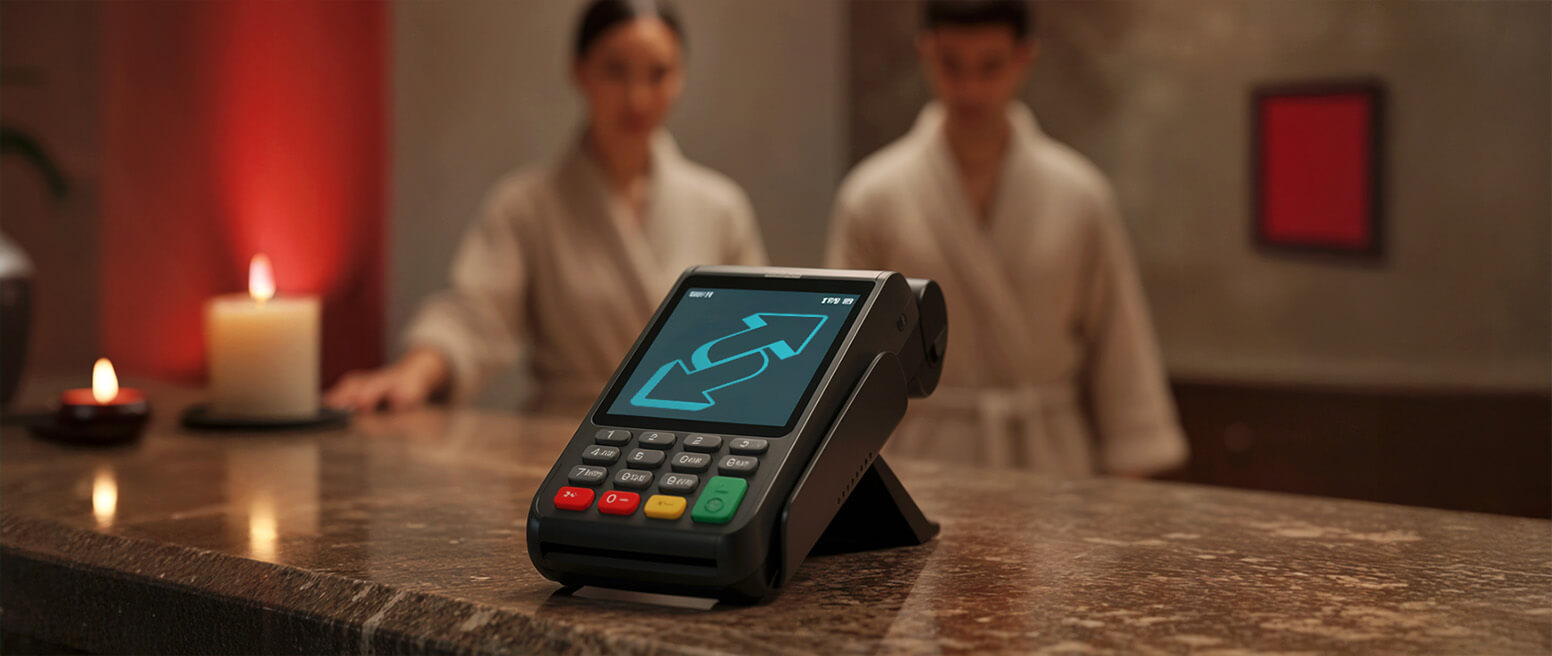Chargeback Disputes: How Does the Process Work? When are Disputes Okay (or Not Okay) to File?
Online sales channels work remarkably well for most merchants. In fact, according to recent estimates, annual global eCommerce sales will reach $58.7 trillion by 2028. With that much volume, however, it’s inevitable that a few errors will occasionally slip through the cracks.
The wrong item gets sent to a customer. Or, maybe the order gets lost in transit. It happens.
If they have an issue, the customer should contact the merchant… but that’s not always the way it works.
Unhappy cardholders often turn to the bank to file a chargeback, rather than trying to work things out with the seller. That may not sound like a big deal, but it really is; Mastercard reports that the world-wide chargeback volume hit 615 million in 2021. Based on average dispute value, that translates to an estimated $117 billion in merchant losses due to chargebacks in 2023.
Fortunately, you have the option of fighting back. In this post, we’re examining chargeback disputes. We’ll look at how the process works, when you should (or shouldn’t) use it, and how you can use it to protect your revenue.
Recommended reading
- How Do Banks Investigate Disputes on Credit Cards?
- What Happens When You Dispute a Transaction?
- The Bank Dispute Process: A Step-by-Step Guide
- What is a Transaction Dispute? Why Do Customers File Them?
- Authorization Reversals: Lost Sales are NOT Always Bad?
- Dispute Management System: How to Pick the Best Provider
Can I Dispute Invalid Chargebacks?
Yes. If a chargeback is third-party misuse, merchants can challenge (dispute) the claim through the representment process.
Getting hit with a chargeback is costly, in terms of fees, missed revenue, and other losses. It may seem like you have no recourse; after all, the ability to file chargebacks is a federally mandated consumer right.
What you might not know, however, is that merchants also have rights in these situations. If you’re convinced a chargeback isn’t legitimate, you can dispute the claim through representment.
When a cardholder files a chargeback, they are essentially claiming that a transaction was unauthorized, fraudulent, or involved some form of issue. For whatever reason the matter couldn’t be resolved with the merchant directly. In response to receiving that chargeback, you have two options:
In this context, the term “dispute” can refer to the act of challenging a fraudulent chargeback, but it can also be used to describe how a cardholder reacts to an unrecognized charge. Consumer disputes typically advance to official chargeback status.
The latter option, of course, only works if the chargeback is illegitimate. So what constitutes a “legitimate” chargeback?
Valid Reasons to File a Chargeback
A cardholder has a valid right to file a chargeback in cases of criminal fraud, or if the merchant made some kind of error.
A large and growing number of chargebacks stem from misuse, where the customer’s intention was to game the system for personal gain. That said, there are a couple of situations where a cardholder could legitimately request a chargeback:
Keep in mind that customers still have an obligation to attempt to contact you before they call the bank, even if they have a valid complaint. Cardholders can file legitimate chargebacks if you refuse to work with them, won’t return calls, or don’t cancel a subscription.
Realistically, many disputers will skip this step, either because they don’t know or because they deliberately want to keep you out of the equation.
Invalid Reasons to File a Chargeback
In simple terms, the only valid reasons to use a chargeback are fraud or merchant abuse. The problem is, a growing number of customers are calling the bank in situations where a chargeback is inappropriate.
The general test of whether a claim is legitimate should be the intent of the cardholder. For example, a chargeback should not be filed due to:
- Convenience
- Forgetting about a purchase or recurring payment
- Not recognizing the merchant’s billing descriptor
- Buyer’s remorse
- Waiting too long to file a refund
- Buyer’s remorse
- Waiting too long to file a refund
- Confusing chargebacks with refunds
- A household member made a purchase without permission
If you receive such a chargeback, and you have evidence that shows the original transaction was legitimate, you have a perfect case for a chargeback dispute. Let’s take a look at how that would work.
How Do I Dispute a Chargeback?
Disputing a chargeback requires you to collect evidence, combine it with a written explanation of your case, and submit this to your acquirer within the allowed time frame.
If you’re ready to try disputing chargebacks, we've got a good recipe for you to try.
After you receive a chargeback, identify the reason code, and determine whether you should fight, then comes the representment process. This can be broken down into four basic steps:
Even if the bank decides in your favor, the cardholder may be able to open a second chargeback. Also, if you feel the issuer’s verdict was wrong, you can file for arbitration with the card network. Both of these scenarios are rare, however.
If the issuer accepts your argument, they’ll reverse the chargeback. Otherwise, it will stand. In either situation, you’ll want to study your case, examining what did or didn’t work, and looking for ways to fine-tune your approach.
Here are a few additional tips to help boost your chance at winning:
- Each network has different chargeback dispute rules and timeframes, but the deadline is typically 20 to 45 days after the merchant is notified. The entire chargeback process can take up to 120 days.
- Because deadlines are such a critical element in a dispute, it’s worth your while to create some type of transaction filing system. The ability to quickly and accurately locate potential evidence can make or break your dispute.
- Rebuttal letters should be sharp, short, and free of emotion. Just present the facts in a clear, professional, and dispassionate manner. Always avoid overblown explanations, and don’t try to rant about whether or not the process is “fair.”
- Finally, remember that everything you submit must be in response to the given reason (code), even if you believe that reason to be false. Cardholders have learned to game the system, which often includes using reasons they know the bank is more likely to accept.
Other Tips to Help Merchants Prevent Chargeback Dispute Claims
It costs time and money to fight chargeback disputes. There are no guarantees that the merchant will win, either. So, is it even worthwhile for merchants to try and fight back? Absolutely.
Giving up without resisting chargeback abuse sends the signal to customers that chargeback abuse is not a problem. It also makes merchants look like more of a risk. For most merchants, fighting back against bad chargeback dispute claims should be a no brainer.
To that end, here are a few tactics merchants can employ now to prevent disputes and chargebacks later:
Prevention is Better
Disputing chargebacks is important, but it isn’t enough by itself. Effective protection from the long-term impact of fraud and chargebacks requires a comprehensive approach that addresses every aspect of the problem. Unfortunately, implementing and maintaining such a strategy can take up a lot of time and resources.
The experts at Chargebacks911 have been involved with all areas of chargeback prevention and revenue recovery for over a decade. We can save you time and headaches and up your ROI. For more information, contact us today.
FAQs
How does a chargeback dispute work?
A chargeback dispute begins when a cardholder contacts their issuing bank to challenge a transaction, typically due to fraud or dissatisfaction with the purchase. The issuing bank then investigates the claim, and if deemed valid, the transaction amount is debited from the merchant's account and credited back to the cardholder.
Can you win a chargeback dispute?
Yes. It’s possible to win a chargeback dispute if the merchant can provide compelling evidence that the transaction was legitimate and the cardholder's claims are unfounded. This often involves presenting thorough documentation, such as proof of delivery, transaction records, and customer communication history.
Is chargeback a refund?
No, a chargeback is not the same as a refund. A refund is initiated by the merchant to return the funds to the customer, while a chargeback is initiated by the cardholder's issuing bank to forcibly reverse a disputed transaction.
Who decides who wins a chargeback?
Ultimately, the decision of who wins a chargeback is made by the cardholder's issuing bank after reviewing the evidence provided by both the cardholder and the merchant. In some cases, the decision may be further reviewed and potentially reversed by the card network or an independent arbitration body if either party disputes the initial ruling.
What evidence is needed to dispute a chargeback?
To dispute a chargeback, a merchant typically needs to provide comprehensive and clear evidence such as transaction receipts, proof of delivery, and any relevant customer communication. This documentation helps demonstrate that the transaction was legitimate and that the cardholder received the agreed-upon goods or services.
What is a valid reason for a chargeback?
A valid reason for a chargeback can include unauthorized transactions where the cardholder's payment information was used fraudulently. Additionally, chargebacks can be justified if the goods or services received were not as described, defective, or never delivered.
















